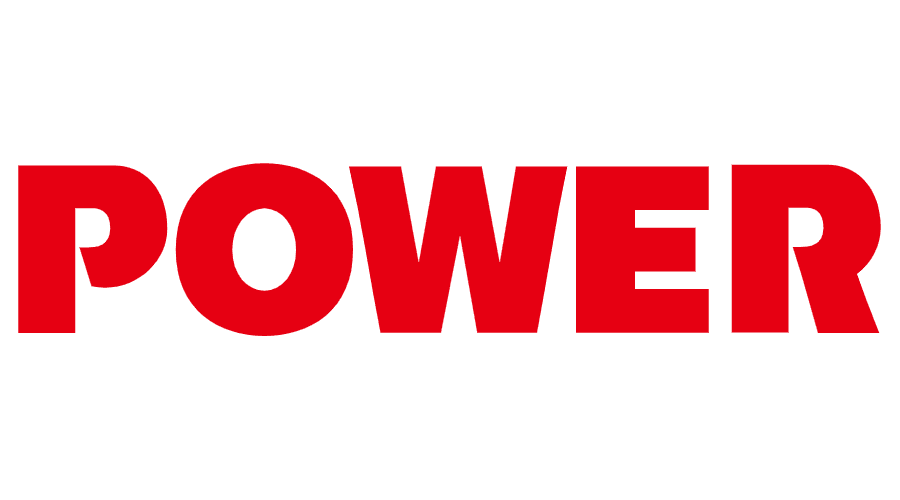The U.S. is facing energy and climate challenges on multiple fronts. Rising energy costs, extreme weather events, and a transition away from fossil fuels have placed increasing pressure on governments and consumers.
Residential solar is a compelling, multi-purpose solution that continues to experience rapid adoption among Americans. Six GW of home solar was installed in 2022, and about 4 million U.S. homes now have rooftop solar, up from 300,000 a decade ago.
Despite this rapid growth, the solar industry continues to face a rising tide of macroeconomic headwinds and regulatory challenges. Regulators in some states, such as California, have begun to reduce solar power tax credits and payments for non-residential solar energy. With higher interest rates making consumers less willing to finance solar systems, these policies have led to reduced demand in certain markets.
Rising interest rates have had an impact on the sector, as they have had on home sales and virtually every part of the economy, but home solar and storage remains a key pillar of the energy economy, providing households with long-term cost savings and reduced energy bills. The solar industry is creating good-paying jobs, making community energy grids more resilient, and helping the U.S. reach its climate goals.
Significant Cost Savings for Homeowners
As governments offer greater financial incentives for making the switch to renewable energy, more homeowners are turning to solar. Legislation such as the Inflation Reduction Act (IRA), signed into law in August 2022, has increased public awareness around how solar energy can lower not only the carbon footprint of homeowners, but their utility bills too, offsetting the impact of higher interest rates.
As the single biggest climate policy in history, the IRA includes $370 billion in investments targeted at lowering energy costs and tackling climate change—offering homeowners a unique opportunity to realize immediate benefits by adopting solar or energy efficient home improvements.
For example, the IRA extends the provisions of the Solar Investment Tax Credit (ITC), through which eligible homeowners can receive a tax credit of up to 30% of the cost of new solar energy systems on their federal income taxes. For homeowners who owe less than that amount in federal taxes for the year they install their solar system, the option exists to carry over any unused credit in future years, as long as the ITC is in effect.
Initial studies, such as Rewiring America’s Pace of Progress report, have demonstrated the significant uptick in investment that could flow to American communities as a result of an uncapped policy. Based on the adoption curves of U.S. households, estimates suggest that IRA investments toward home electrification could hit $567 billion— and reach as many as 65 million households—between now and 2032.
Strengthening Communities Nationwide
The benefits of residential solar power aren’t limited to individuals. When this technology is adopted at scale, communities realize increased job creation and improved energy resilience.
Clean energy incentives created by the IRA have led to a manufacturing boom across the U.S. To meet the growing demand, firms are now investing billions of dollars into new factories and facilities to expand solar manufacturing capacity for solar panels, solar trackers and battery cells.
One of the fastest-growing job categories in the U.S., residential solar positions are expected to triple over the next decade, from 35,000 jobs today to 120,000 by 2033. These high-paying jobs—which won’t be outsourced—will be created in the communities that adopt the most rooftop solar.
Rooftop solar and storage systems that can generate, store, and manage energy locally are also key to making residential solar power accessible for all. Communities can reduce their reliance on centralized power sources, diminish the need for expensive transmission and distribution infrastructure, and lower overall costs during periods when more energy is needed.
Take extreme weather events as an example. In times of grid outages or emergencies, local energy generation can help communities maintain power and enhance grid reliability and resilience, providing citizens with a greater degree of energy independence. In California, 80% of home solar and storage solutions are currently contributing power back to the grid. This helps to offset energy needs during heat waves and periods of limited energy supply.
Lowest-Cost Path to Climate Goals
In 2021, the Biden administration set two lofty new goals for the U.S. in its ongoing energy transition: a 50% reduction from 2005 levels in economy-wide net greenhouse gas pollution by 2030, and net-zero greenhouse gas emissions by no later than 2050. While these objectives are achievable, it will require businesses and governments to work together to leverage all of U.S. renewable solutions.
Residential solar power will play an outsized role in this energy transition. Rooftop solar can be quickly deployed on existing buildings, avoiding costly and controversial land use or upgrades to transmission.
Local Solar for All’s study found that developing 247 GW of local rooftop and community solar, and 160 GW of local energy storage, is the most cost-effective way for the U.S. to transition to a clean energy system by 2050. Leveraging home solar and storage for load flexibility could save utilities $35 billion in capacity investments over the next decade, reducing electricity costs for consumers.
Residential solar power may have started out as a little-known technology attractive only to those concerned with their carbon footprint. But it has since evolved into a powerful solution for a host of U.S. energy and climate needs.
As with any rapidly growing industry, there have been and will continue to be bumps in the road as the nation reduces its reliance on fossil fuels and increases its adoption of clean energy. But the long-term trajectory is clear. From individual households to local communities to the federal government, solar power is delivering significant benefits to Americans across the nation and helping to propel the U.S. into a more sustainable future.
—Billy Parish is co-founder and executive chair at Mosaic, a clean energy technology and finance company.
Original article posted here.
